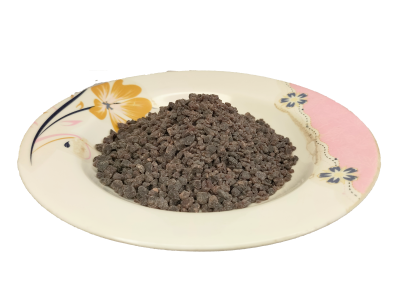Edible salt, commonly known as table salt, is a crystalline mineral composed primarily of sodium chloride (NaCl). It is one of the most essential ingredients in cooking, known for enhancing flavors and preserving foods. Salt is universally consumed and valued in virtually every culture around the world and plays a critical role in both culinary and health applications. While its basic composition remains similar, different types of salt have unique flavors, textures, and mineral profiles, making each type suitable for specific culinary uses.
Algohar World natural salt lamps that are believed to provide various benefits, combining both the aesthetic appeal and the potential health advantages associated with Himalayan salt lamps.
History and Origins of Edible Salt
Salt has played a crucial role in human civilization for thousands of years. Ancient civilizations used salt for food preservation, medicine, religious rituals, and even as a form of currency. The word “salary” is derived from the Latin term “salarium,” which referred to a portion of salt given to Roman soldiers as part of their payment. Salt was once so valuable that it was traded ounce for ounce with gold, earning it the nickname “white gold.” Salt trade routes across Asia, Africa, and Europe helped shape historical trade and cultural exchanges, leading to the spread of civilizations.
Types of Edible Salt
There are several types of edible salt, each varying in mineral content, flavor, texture, and culinary uses. Here are some of the most popular types:
Table Salt
Table salt is the most commonly used salt, often refined to remove impurities and fortified with iodine to prevent iodine deficiency. It is fine-grained, dissolves easily, and is primarily used in everyday cooking and baking.
Sea Salt
Sea salt is made by evaporating seawater and retains trace minerals that can add subtle flavors. It has a coarser texture than table salt and is often used as a finishing salt for a mild, briny flavor.
Himalayan Pink Salt
This salt is mined from the Khewra Salt Mine in Pakistan and gets its distinctive pink color from trace minerals like magnesium, potassium, and calcium. Himalayan salt is often used as a finishing salt and is believed by some to have therapeutic benefits.
Kosher Salt
Kosher salt is coarser than table salt and has no added iodine. It is commonly used in cooking due to its large, flaky crystals, which make it easy to pinch and measure. Kosher salt is also used in koshering meats, a process that involves removing blood.
Note: edible salt meaning is more than just a seasoning; it is a fundamental nutrient necessary for various physiological functions.
Celtic Sea Salt
Celtic sea salt, harvested from coastal areas of France, has a moist texture and grayish color due to its mineral content. This salt is often used as a finishing salt, providing a unique mineral flavor.
Flavored and Infused Salts
Flavored salts are created by blending sea salt or other salts with herbs, spices, or other flavors, such as garlic, truffle, or smoked wood. These salts add a burst of flavor to dishes and are often used as finishing salts.
Chemical Composition of Salt
Salt is primarily composed of sodium (Na) and chloride (Cl) ions, which together form sodium chloride (NaCl). This simple compound has a stable structure that is essential to its physical properties, such as its crystalline form and solubility. Certain types of salt contain trace minerals, including calcium, potassium, and magnesium, which can enhance flavor and provide health benefits. For example, sea salts retain additional elements due to minimal processing, making them popular in gourmet cooking.
The Role of Salt in the Human Body
Salt is essential for human health, playing a key role in various bodily functions. Sodium, one of salt’s primary components, helps regulate blood pressure, maintain fluid balance, and facilitate nerve and muscle function. Chloride is essential for producing hydrochloric acid, a component of stomach acid that aids in digestion. The human body cannot produce sodium and chloride on its own, making dietary salt an essential nutrient.
Health Benefits of Edible Salt
In moderate amounts, salt offers several health benefits, as outlined below:
Maintains Fluid Balance
Sodium and chloride are critical for maintaining the body’s fluid balance, preventing dehydration, and regulating the movement of water in and out of cells.
Supports Nerve and Muscle Function
Sodium is crucial for nerve signal transmission and muscle contractions. It helps transmit electrical impulses, ensuring that muscles, including the heart, function properly.
Aids in Digestion
Salt is a primary source of chloride, necessary for the production of stomach acid (hydrochloric acid), which helps digest food and absorb nutrients.
Promotes Better Hydration
Adding a small amount of salt to water can enhance hydration by helping the body retain fluids, especially during intense physical activity or hot weather.
Conclusion
Edible salt is an indispensable ingredient in cooking and health. Its many types, uses, and health impacts make it a fascinating element in both culinary arts and nutrition. By understanding the differences between salt varieties, proper uses, and health considerations, you can make informed choices that enhance your meals and support your well-being. Remember that moderation is key to balancing the benefits and risks of salt in your diet.
